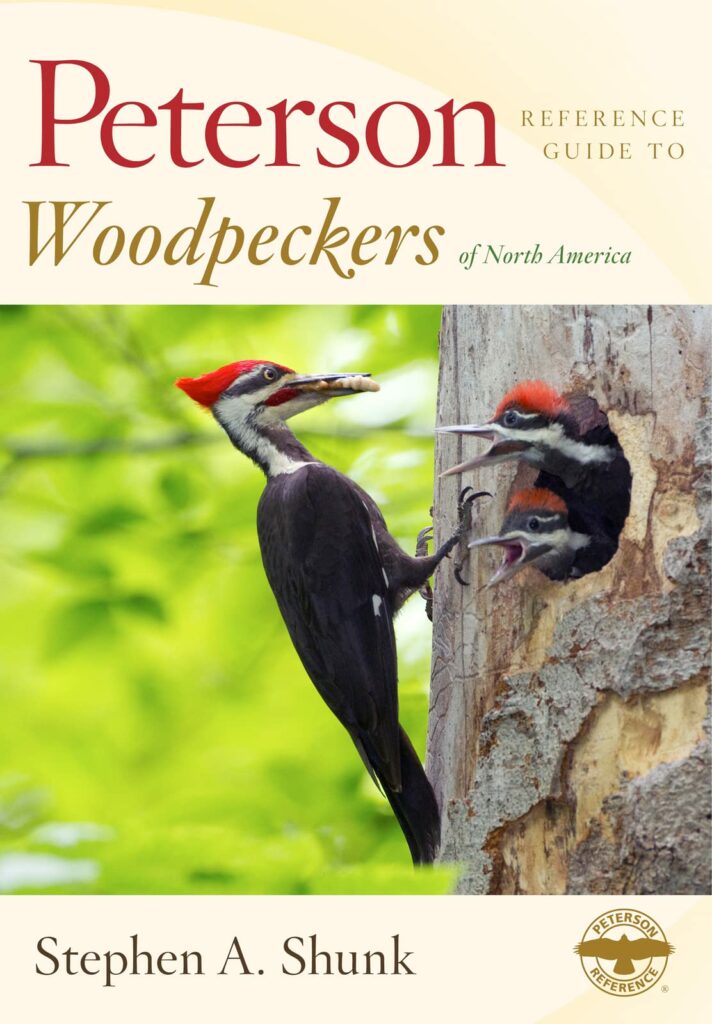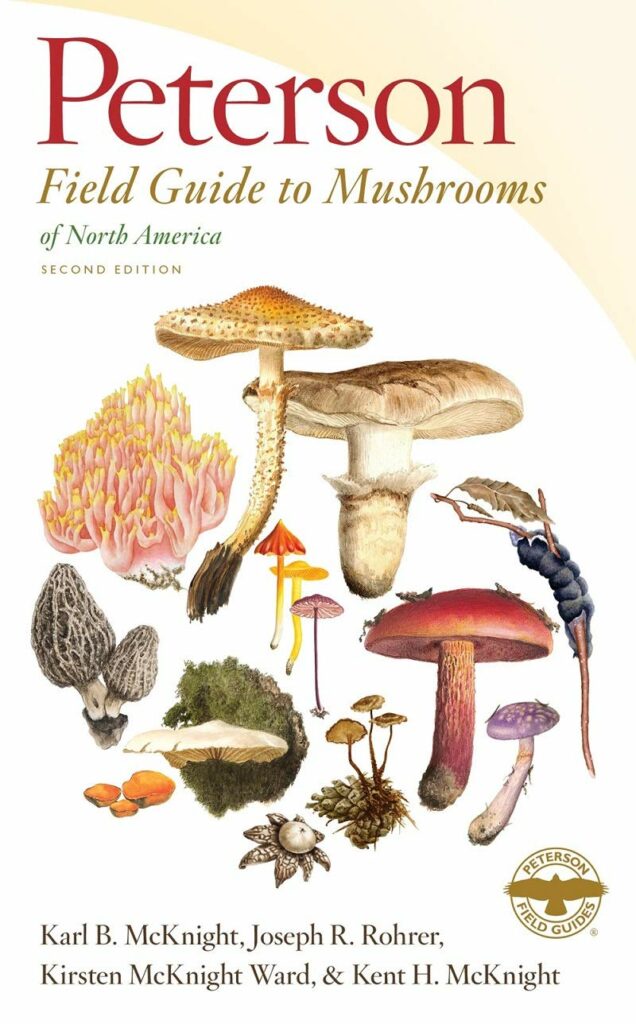
What’s with all the dead trees? They make the preserve look messy. Why doesn’t someone cut them down and clean them up?
Well, sometimes we do remove dead and dying trees. Sometimes they fall across the path and have to be cleared out of the way. Other times, before they fall, we take them out so they don’t cause harm to anything or anyone.
Most of the time, however, we let dead trees stand and fallen trees lie where they fall — they may be dead but they are an important part of the cycle of life in our preserve. Very large dead trees, for instance, make terrific nesting spots for pileated woodpeckers to raise their families. As they decay, fallen trees provide food and shelter for a lot of different kinds of plants, insects and other kinds of critters. Look closely at the big fallen tree before you — how many different kinds of plants grow around it and ON it. Do you see any bugs? Most birds love bugs and look for dead trees to enjoy a feast.
Pileated woodpeckers are hard to miss — with their flame-red “Woody Woodpecker” crests and striking black and white plumages. They also have a loud, unmistakable call — a high-pitched ack-ack-ack-ack-ack-ack-ack-ack-ack-ack-ack-ack.

Dead and decaying trees are great places to find mushrooms. Mushrooms are among the organisms that help break down trees, returning nutrients to the soil. Feel free to look, but don’t touch and NEVER eat — certain kinds of mushrooms are extremely poisonous.
